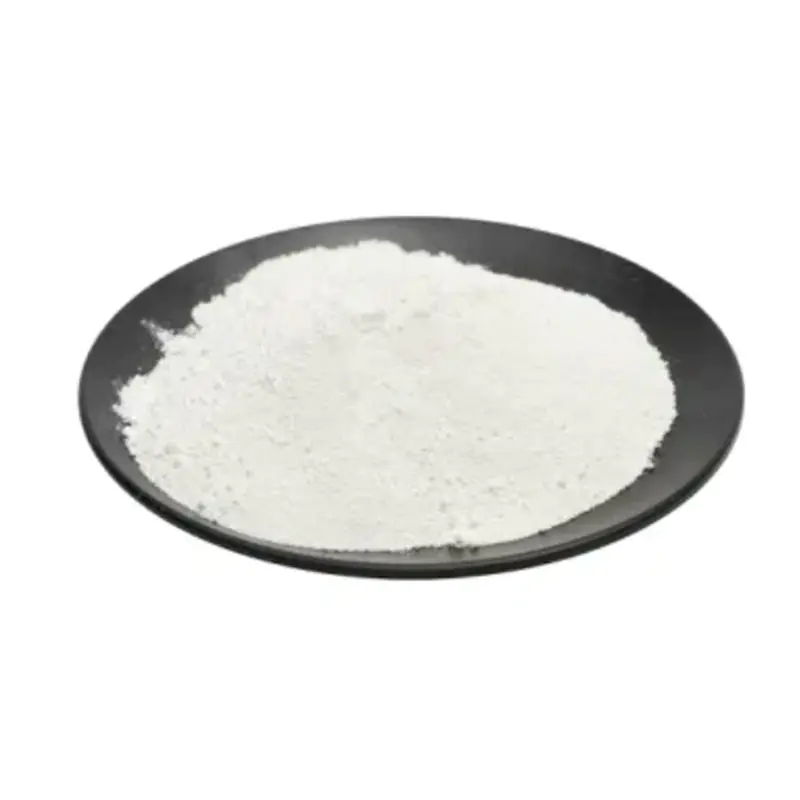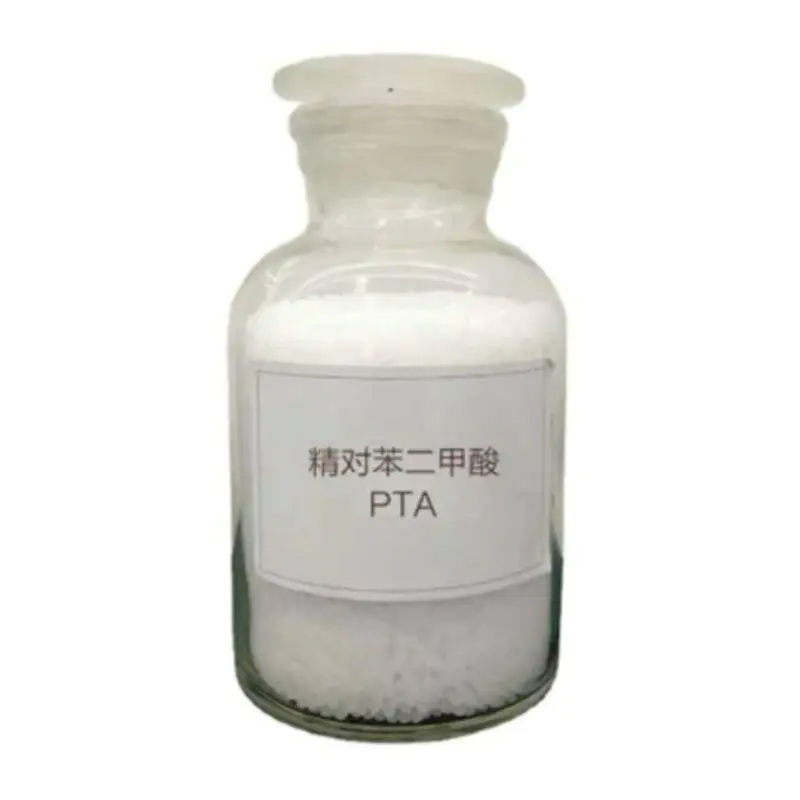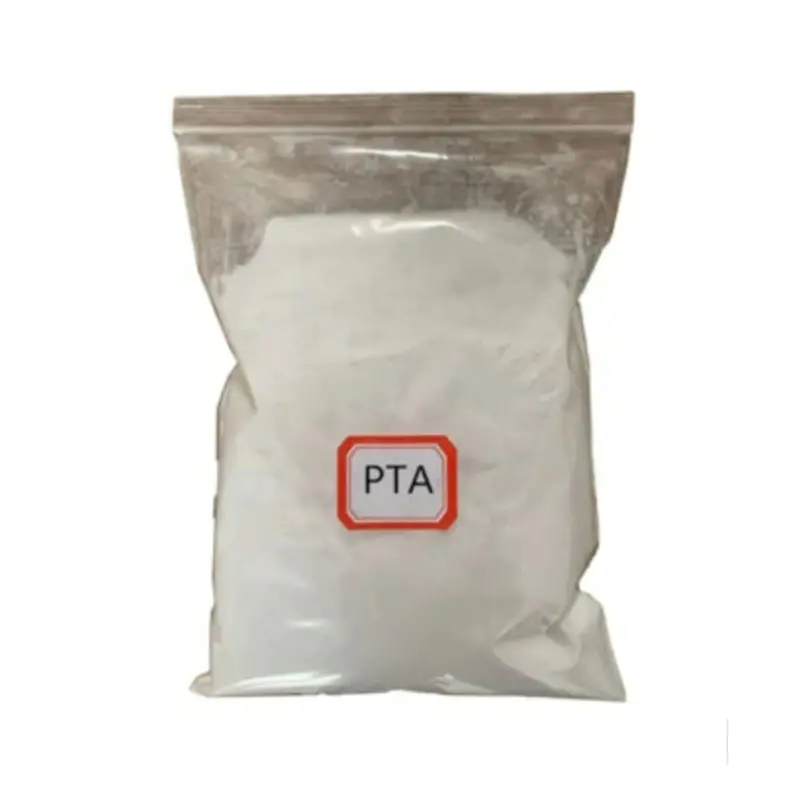The storage stability of PTA powder pure terephthalic acid is closely related to its molecular lattice structure and surface physical and chemical behavior. PTA powder pure terephthalic acid is prepared by a continuous crystallization process of oxidized p-xylene to form a monoclinic benzene ring carboxylic acid crystal configuration, and the surface hydroxyl functional groups form micron-scale aggregates through a hydrogen bond network. The crystal defect density is directly related to the water molecule adsorption dynamics in the storage environment. When exposed to gas phase water, the surface carboxylic acid groups reversibly coordinate with water, causing the liquid bridge force between particles to increase, resulting in agglomeration.

The humidity control of the storage environment must follow the crystal energy band theory to control the adsorption energy level of water molecules on the surface of PTA powder pure terephthalic acid below the lattice vibration threshold. The design of the sealed container must meet the dynamic balance of the gas permeation rate, and the free radical chain reaction caused by oxygen diffusion must be suppressed by a multi-layer composite barrier film. Temperature field management involves the control of the activation energy of grain boundary migration to avoid changes in the bulk density caused by crystal orientation rearrangement caused by thermal fluctuations.
Anti-static measures are based on the regulation of surface conductivity, forming a charge dissipation channel of conjugated π bonds on the powder surface to prevent static electricity from accumulating on PTA powder pure terephthalic acid and causing spark discharge risks.







